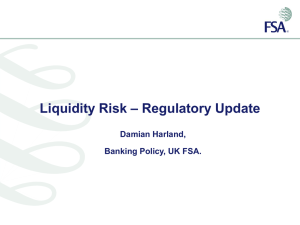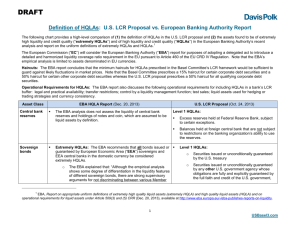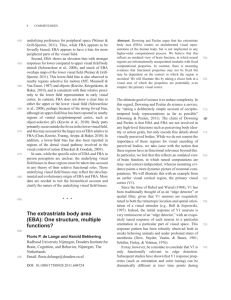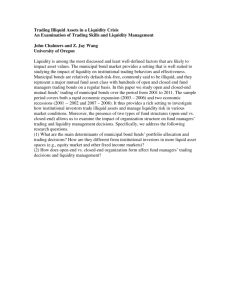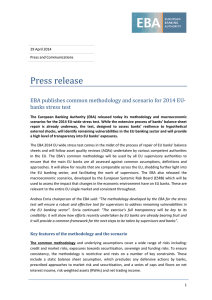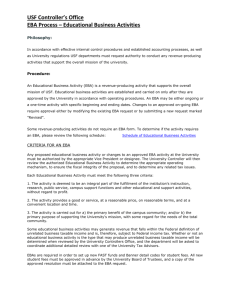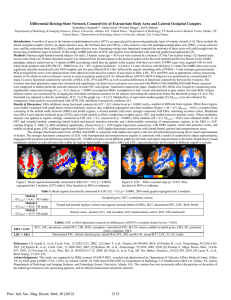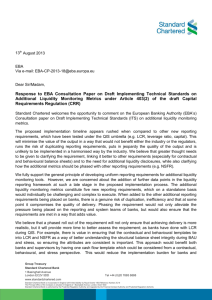Market Risk Management
advertisement
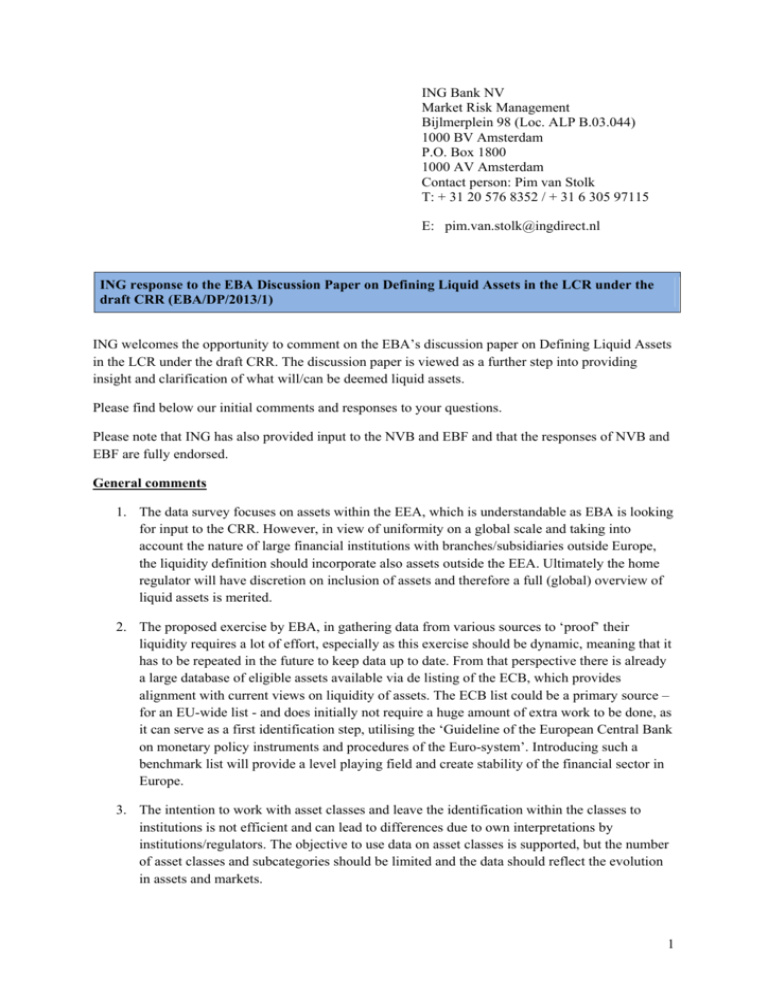
ING Bank NV Market Risk Management Bijlmerplein 98 (Loc. ALP B.03.044) 1000 BV Amsterdam P.O. Box 1800 1000 AV Amsterdam Contact person: Pim van Stolk T: + 31 20 576 8352 / + 31 6 305 97115 E: pim.van.stolk@ingdirect.nl ING response to the EBA Discussion Paper on Defining Liquid Assets in the LCR under the draft CRR (EBA/DP/2013/1) ING welcomes the opportunity to comment on the EBA’s discussion paper on Defining Liquid Assets in the LCR under the draft CRR. The discussion paper is viewed as a further step into providing insight and clarification of what will/can be deemed liquid assets. Please find below our initial comments and responses to your questions. Please note that ING has also provided input to the NVB and EBF and that the responses of NVB and EBF are fully endorsed. General comments 1. The data survey focuses on assets within the EEA, which is understandable as EBA is looking for input to the CRR. However, in view of uniformity on a global scale and taking into account the nature of large financial institutions with branches/subsidiaries outside Europe, the liquidity definition should incorporate also assets outside the EEA. Ultimately the home regulator will have discretion on inclusion of assets and therefore a full (global) overview of liquid assets is merited. 2. The proposed exercise by EBA, in gathering data from various sources to ‘proof’ their liquidity requires a lot of effort, especially as this exercise should be dynamic, meaning that it has to be repeated in the future to keep data up to date. From that perspective there is already a large database of eligible assets available via de listing of the ECB, which provides alignment with current views on liquidity of assets. The ECB list could be a primary source – for an EU-wide list - and does initially not require a huge amount of extra work to be done, as it can serve as a first identification step, utilising the ‘Guideline of the European Central Bank on monetary policy instruments and procedures of the Euro-system’. Introducing such a benchmark list will provide a level playing field and create stability of the financial sector in Europe. 3. The intention to work with asset classes and leave the identification within the classes to institutions is not efficient and can lead to differences due to own interpretations by institutions/regulators. The objective to use data on asset classes is supported, but the number of asset classes and subcategories should be limited and the data should reflect the evolution in assets and markets. 1 4. It should also be taken into account that the Financial Transaction Tax (FTT) which will be implemented, will impact the possible volume and trades influencing the outcome of measured parameters on liquidity going forward. 5. ING would like to receive clarification on how the data exercise outcome will be implemented. Currently there is a clear link mentioned to the initial definitions as proposed by BCBS (L1 and L2A, L2B type assets). The data exercise should also be used to provide further input to the fact that the ‘definition-width’ of Basel III is not always logical, as certain more liquid assets (e.g. covered bonds not fully fulfilling the BCBS criteria) are not deemed liquid while less liquid assets are (e.g. sovereigns). Questions Q1. Given the difficulties with obtaining transactional data outlined here, do you think a data sample cover 2008-2012 is sufficient for this analysis? Would you see merit in extending the sample in those countries where more data is available? Although more data is most times better then less, enhancing the analysis by broadening the timeline of data does not necessarily mean that this will provide better information. On the other hand, the specific time-period chosen has been one of various stages of market stress which can provide biased feedback on liquidity of instruments across geographical locations. The proposed data sample cover (2008-2012) does not represent normal market circumstances. Q2. Do you have additional data sources to suggest? Specifically, can you suggest a source of repo data and gold that would fit our needs? We have no specific other data sources to recommend but fully endorse the need for additional data sources related to repo as such data will provide necessary additional input into the assessment of liquidity of assets.. Q3. Do you agree with the list of liquidity metrics under consideration to be used in the EBA assessment, as mentioned in this section and Annex 5? Can you suggest further metrics the EBA should make use of, where information would be available? All individual elements of the list are logical, but combining all elements can be very restrictive in the end to what can be deemed liquid. How will the metrics be applied across asset classes, leading in the end to a logical qualification and comparison between these classes? Next to this, the measurement of these metrics can be biased due to specific market circumstances within a certain time period. Q4. Do you agree with the list of explanatory characteristics whose linkage to liquidity it is proposed to be tested in the EBA assessment? Can you suggest further characteristics the EBA should assess? As with the metrics, the explanatory characteristics are logical, but as the exercise requires a large effort and will be difficult to maintain going forward a simpler approach is advised. This again reiterates the need for a central database with a list of qualifying assets. Q5. Do you agree with the methodology proposed? Do you have alternative approaches that might be used? The methodology proposed is sound. It should be noted that, coming up with an ordinal ranking introduces interpretation issues, as this will only provide input that one asset is better or worse then another, but not necessarily provide information on absolute liquidity value. 2 In essence any methodology used should be: Simple to implement Be able to be replicated on a regular basis, as new data is added Be uniformly applicable globally, to prevent distortions and creating non level playing fields ***** 3
